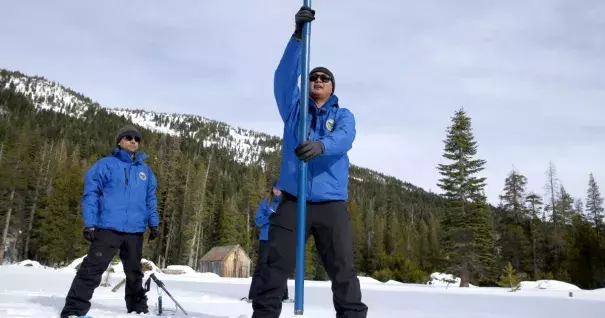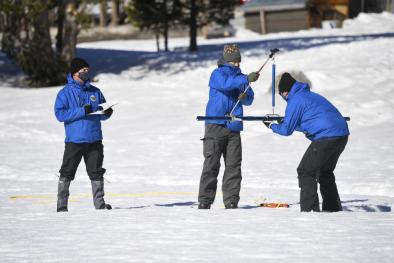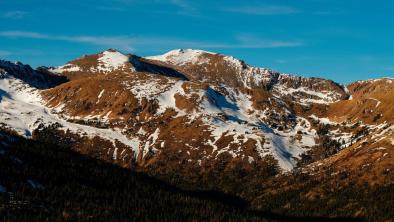March storms weren't enough to boost California's snowpack, officials say

Climate Signals Summary: Warmer temperatures and a decrease in precipitation due to climate change are decreasing snowpack in California, which increases drought risk.
Article Excerpt: A series of late winter storms that dampened the Southland in March were not enough to boost California’s snowpack, despite high hopes among water managers.
The snowpack, measured on Wednesday at the California Department of Water Resources’ Phillips station, was 43.5 inches, about 66% of average for the time of year at the location. If all the snow were to melt at once it would amount to about 16.5 inches of water, said Sean de Guzman, chief of the agency’s snow surveys and water supply forecasting section.
...
The lackluster snowpack comes as the state continues to experience extreme variability in weather as a result of climate change, experts say. In a single year, California went from having the fifth-deepest snowpack ever recorded last year to one of the 10 shallowest.
...
“Over the last decade, California’s snowpack has been alternating between extremely wet and extremely dry,” de Guzman said in a statement. “In the past 10 years, we’ve seen three of our smallest snowpacks on record, but we’ve also seen three of our largest snowpacks on record.”
...
The snowpack provides about 30% of the annual freshwater supply for the state. Its spring and summer runoff feeds rivers and reservoirs, and part of it is distributed to water agencies for farm irrigation, landscaping and urban drinking supplies.
Wednesday’s measurements, though better than February’s, “still underscore the need for widespread, wise use of our water supplies,” water resources Director Karla Nemeth said in a statement. “California’s climate continues to show extreme unpredictability, and February’s record dryness is a clear example of the extremes associated with climate change.”
...
Despite the snowy forecast, California’s dry winter has already pushed much of the state into drought conditions, according to a map released by the U.S. Drought Monitor on Thursday.
About 75% of the state is considered to be experiencing abnormally dry conditions. Another 43% is in a moderate drought and a small sliver of the state in Northern California is considered to be in a severe drought, the map shows.
Related Content





